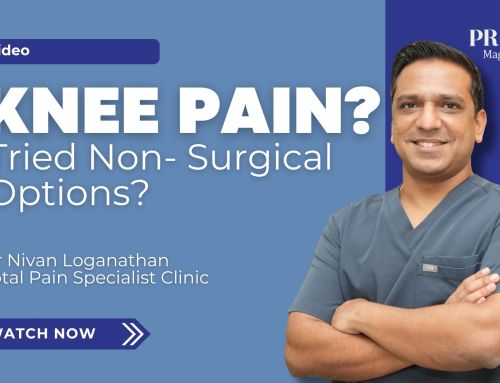Tips for a Healthier, More Active Lifestyle
In today’s technology-driven world, sitting has become the default posture — at work, during long commutes, and while relaxing in front of screens. But emerging research shows that prolonged sitting can silently harm your body and mind, even if you exercise regularly. The health risks go far beyond stiffness or back pain and can impact your long-term well-being. Here’s what you need to know about the dangers of sitting too much — and how to fight back with simple, daily changes.

Understanding the Risks of a Sedentary Lifestyle
1. Higher Risk of Chronic Diseases
Long periods of sitting slow your metabolism, burn fewer calories, and contribute to weight gain, obesity, and metabolic syndrome. Prolonged inactivity is also linked to cardiovascular disease, type 2 diabetes, and poor circulation.

2. Deep Vein Thrombosis (DVT)
When you sit for hours — especially on long flights or at your desk — blood flow in your legs slows down, which may increase the risk of deep vein thrombosis (DVT). DVT can lead to dangerous blood clots that travel to the lungs (pulmonary embolism).
3. Muscle Weakness and Posture Problems
Extended sitting causes muscle atrophy, especially in your core, glutes, and legs. Weak muscles and poor posture can trigger lower back pain, tight hips, and spinal misalignment — making everyday movements harder over time.

4. Mental Health Impact
A sedentary lifestyle has been associated with increased stress, anxiety, and depression. Physical activity stimulates endorphins — the “feel-good” hormones that boost mood and mental resilience.
⚠️ Important Note:
Even if you exercise regularly, long stretches of sitting cannot be fully undone by a single workout. Movement throughout the day is key to protecting your health.

Beyond the physical toll, a sedentary lifestyle has been associated with mental health issues, including increased stress, anxiety, and depression. Physical activity is known to release endorphins, which play a crucial role in mood regulation.
Tips for a More Active Lifestyle
1. Move More During Your Workday
-
Desk Exercises: Try seated leg lifts, desk squats, shoulder rolls, or calf raises.
-
Hourly Breaks: Set a timer to stand, stretch, or walk for 1–2 minutes every hour.

2. Choose Active Transportation
-
-
Walk or Bike: Commute on foot or by bicycle whenever possible.
-
Park Further Away: Add a few extra steps by parking at the far end of the lot.
-

3. Use Technology as a Reminder
-
Wear an activity tracker or use smartphone apps to remind you to move.
-
Track daily steps and aim for 7,000–10,000 or more, depending on your activity level.

4. Build an Exercise Routine
-
Combine cardio, strength, and stretching for balanced fitness.
-
Pick activities you enjoy — like dancing, hiking, swimming, or sports — so movement feels rewarding.

5. Create a Healthier Workspace
-
-
Try a standing desk or a sit-stand converter to reduce sitting time.
-
Keep your workstation ergonomic — feet flat, screen at eye level, back supported.
-

6. Get Outdoors Often
-
-
Take nature walks or hikes to recharge mentally and physically.
-
Sunlight and fresh air improve mood and support better sleep.
-

7. Stay Social While Staying Active
-
Join group fitness classes, sports leagues, or simply walk with friends or family.
-
Social accountability makes activity more fun and sustainable.

8. Practice Mindful Sitting
-
-
If you must sit, use supportive chairs and keep good posture: shoulders back, core engaged, feet flat.
-
Take frequent micro-breaks to stretch or move.
-

- Good Ergonomics: If you must sit for extended periods, ensure that your workspace is ergonomically sound. Use supportive chairs, maintain proper posture, and take breaks to stretch.

Final Takeaway
Prolonged sitting is more than just a comfort issue — it’s a silent health hazard linked to obesity, heart disease, DVT, and mental health decline. But small, consistent actions can make a big difference. Stand up, stretch, walk, and break long sitting sessions whenever you can. Even tiny bursts of movement help protect your body and mind.
👉 Start today — set a reminder, take that first stand, and reclaim an active, healthier lifestyle. PRIME












Leave A Comment